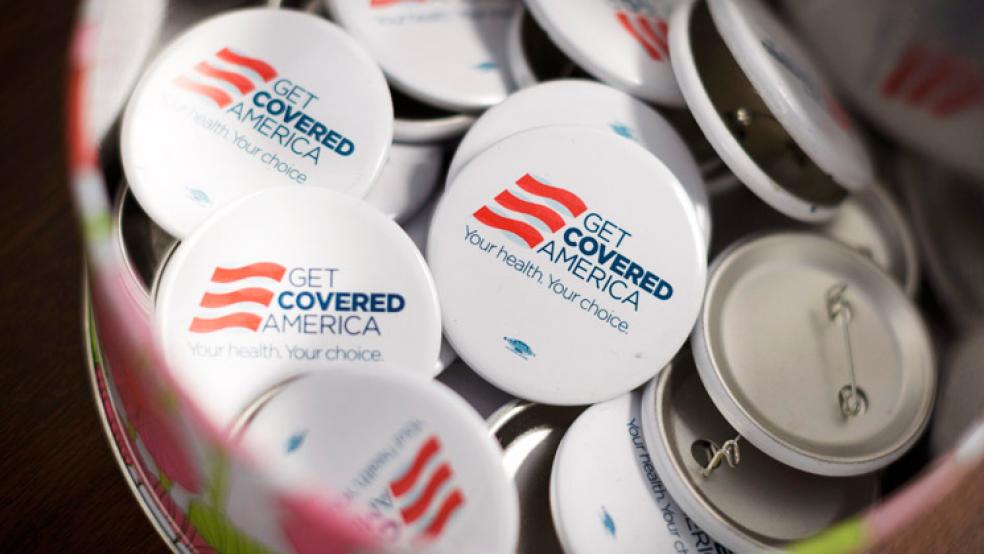The dance between the Affordable Care Act and the nation’s economic output is a delicate one: We spend more per capita on health care than any developed nation and want that number to go down. But health care spending is a major part of the U.S. economy, and when it goes down so does our Gross Domestic Product.
Economists have known this was an issue since the passage of the ACA, but the general assumption was that any slowdown in health spending would be offset in the near term by the addition of millions of people receiving health insurance for the first time. Even if per capita spending falls, the thinking was, the total consumption of health care would rise, particularly in the first year of implementation, as newly insured people took advantage of the coverage to get treatment they had been putting off.
Related: Why You’ll Spend More on Health Care This Year
Those projections had led the Bureau of Economic Analysis to estimate in April that growing health care spending had boosted GDP growth in the first quarter of the year by 1.1 percentage points, which at the time looked to be the difference between an economy that was growing slowly and one that shrank over the first months of the year.
As it turns out, those early estimates were…off. GDP growth for the first quarter, which had already been revised from an initial reading of anemic 0.1 percent growth to a contraction of 1 percent, was revised again Wednesday, to a much more dramatic contraction of 2.9 percent — the worst quarter since 2009, and a number that Michael Feroli, chief U.S. economist with J.P. Morgan called “shocking.”
That decline was due to frigid weather and what economists called an unusually large drop in business inventories, but it was also driven by a surprising decline in health care spending.
Instead of boosting GDP, health care spending actually cut it by 0.16 percentage points. “The downgrade reflected newly available data from the Census Bureau on the revenues and expenses of for-profit and nonprofit hospitals, physician offices, nursing homes, and other health care providers, which suggested that consumers spent less on health care services than the BEA had assumed in its initial two estimates of GDP,” economist Laura Rosner of BNP Paribas explained in a note to clients.
The surprising numbers don’t necessarily have significant longer-term implications for the economy, and for the success of the ACA in reshaping U.S. health care. “[T]he small and unexpected decline in health care consumption is a bit worrisome,” wrote Doug Handler, chief U.S. economist with IHS Global Insight. “Looking forward, the volatility in the measurement of health care services represents a risk to our GDP forecasts.” However, he added, “Since this volatility is not business cycle related, its impact should be heavily discounted in assessing the general health of the economy.”
Most analysts seemed cautiously optimistic that second quarter numbers would show a healthy rebound.
Related: A Bipartisan Baby Step to Fix an Obamacare Glitch
“We think it was mostly a confluence of several negative, but mostly one-off, factors,” wrote Feroli. He said much of the decline could be chalked up to companies rebalancing inventories, the elimination of federal unemployment benefits for the long-term jobless, and a surprisingly harsh winter.
However, he warned, the prospect of a rebound shouldn’t quell concerns about what’s going on in an unexpectedly volatile economy.
“[T]he occurrence of such a big decline in a quarter when hours worked in the business sector was up at a 2.2 percent rate and the unemployment rate declined does not speak well about the supply side of the economy; indeed, business productivity likely declined at a 5.9 percent rate last quarter, the most since 1947.”
Top Reads from The Fiscal Times
- Senate Alums Know How to Fix Our Broken Government
- McCarthy Rolls Over for Tea Party on Ex-Im Bank
- Feds Find Polarization in DC Drives Inequality





